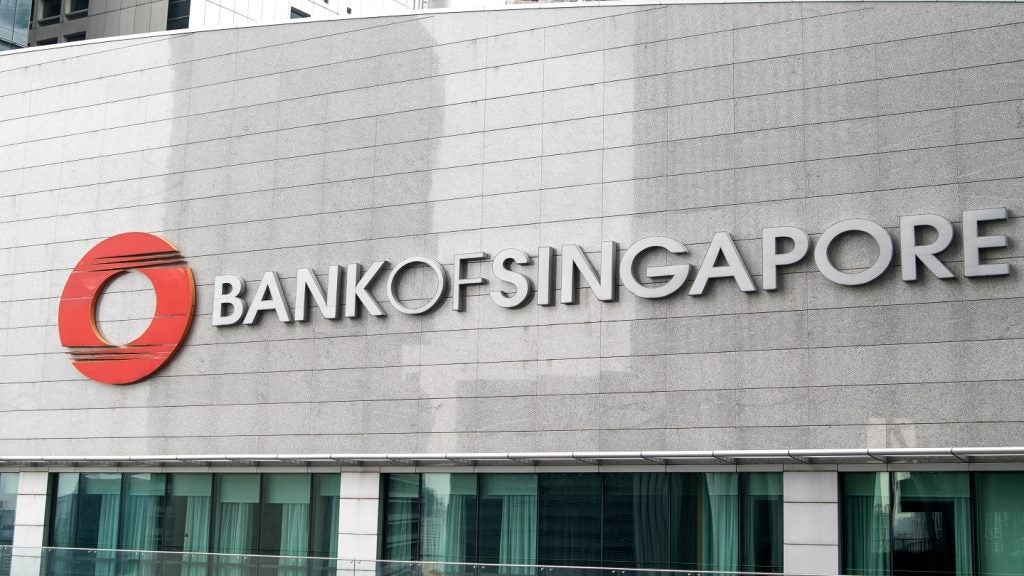
Lloyds Banking Group has unveiled multiple changes in its senior management lineup in preparation for the group’s next strategic plan.
Among the changes include appointment of Antonio Lorenzo, currently group director of insurance, as the new wealth chief.
Also, executive director Juan Colombas will take up the newly created role of COO. The role will consolidate multiple functions such as transformation, it, people, community banking, and group services.
Meanwhile, Andrew Bester, group director for commercial banking, has decided to leave the bank to “pursue other opportunities”. He will be replaced by David Oldfield, currently head of the group’s consumer banking arm. Oldfields’ new role will cover global corporates, financial institutions, mid markets and SME banking.
George Culmer, currently CFO, will assume an expanded role with responsibility for the legal and strategy teams and for Lloyds Development Capital (LDC).
Other changes include appointment of Stephen Shelley as the new group chief risk officer, Vim Maru as the group director for retail, and Zaka Mian as group director for Transformation.
Lloyds group CEO Antonio Horta Osorio said: “The changes we are announcing today are fundamental to prepare the Group for the next phase of its transformation under our upcoming strategic plan for the period 2018 – 2020. They are a key step to ensuring the continued alignment of the Bank’s capabilities and strategy as a simple, low risk UK focused Bank with our customers’ evolving needs.”
Notably, Lloyds returned to private ownership in May 2017 after the UK government sold its remaining stake in the lender. During the peak of the financial crisis, the bank was rescued by a £20.3bn state bailout, with the government acquiring a 43% stake in the lender.







